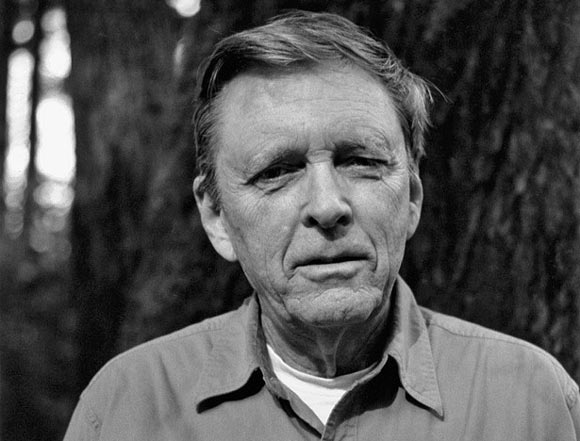
Robert Adams
Robert Adams (born May 8, 1937) is an American photographer who has focused on the changing landscape of the American West. His work first came to prominence in the mid-1970s through his book The New West (1974) and his participation in the exhibition New Topographics of a Man-Altered Landscape in 1975.
Adams grew up in the suburbs of Colorado and in 1956, he shifted to South California to study English literature at University of Redlands. In 1965, he did his Ph.D., from University of Southern California, in the same subject.
Adams has worked on American West landscapes for more than 38 years, covering Oregon, Colorado and California. He uses his camera to express his love for landscapes. Also, to understand how industrial and urban growth has transformed it.
Adams bought a 35mm camera and began to take pictures mostly of nature and architecture. He soon read complete sets of camera work and aperture at the Colorado springs fine arts centre. He learned photographic technique from Myron Wood, a professional photographer who lived in Colorado. While finishing his dissertation, he began to photograph in 1964. In 1966, he began to teach only part-time to have more time to photograph. He met John Szarkowski, the curator of photography at the Museum of Modern Art, on a trip to New York City in 1969. The museum later bought four of his prints. In 1970, he began working as a full-time photographer.
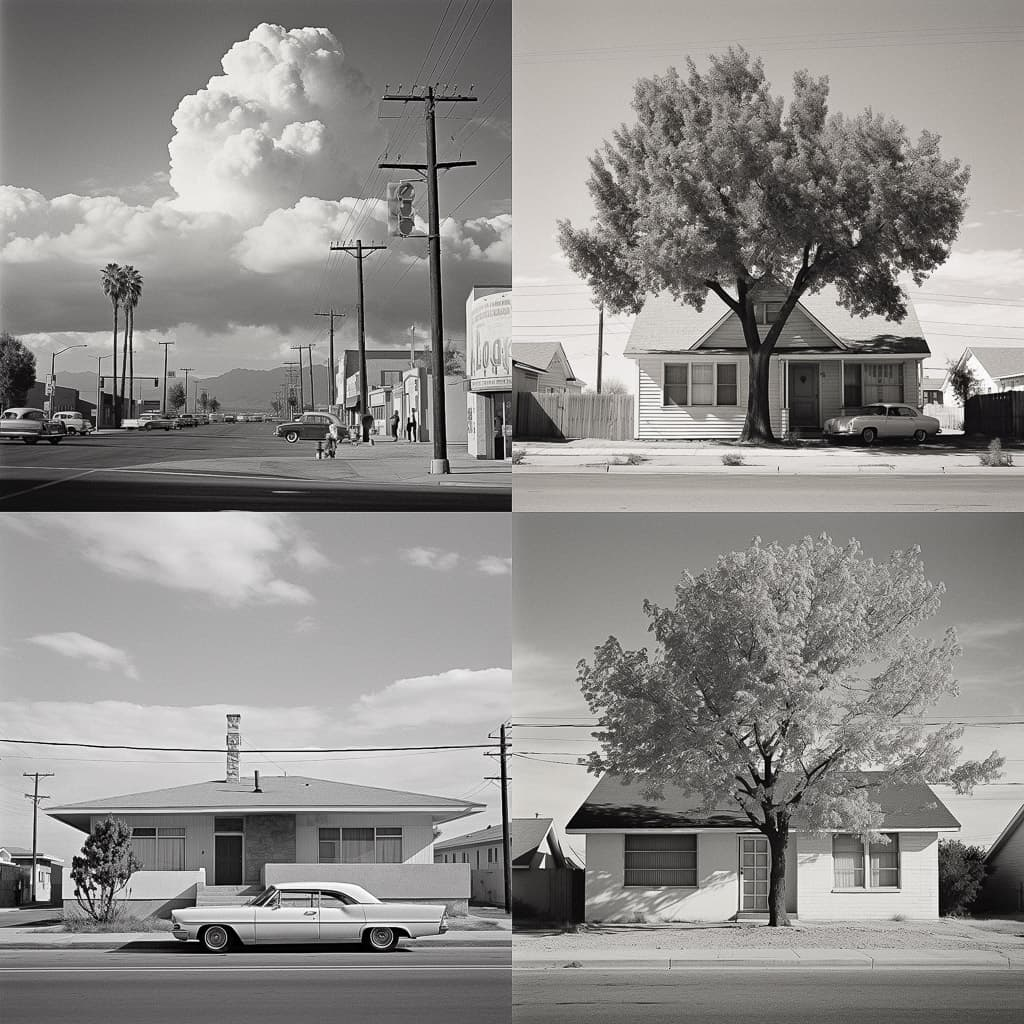
The New West
In a seminal series of images representing the suburban southwest, Adams shows the brutal squalor of suburban architecture and its effect on the landscape, as well as the hopeful aspects of nature that are beyond our impact.
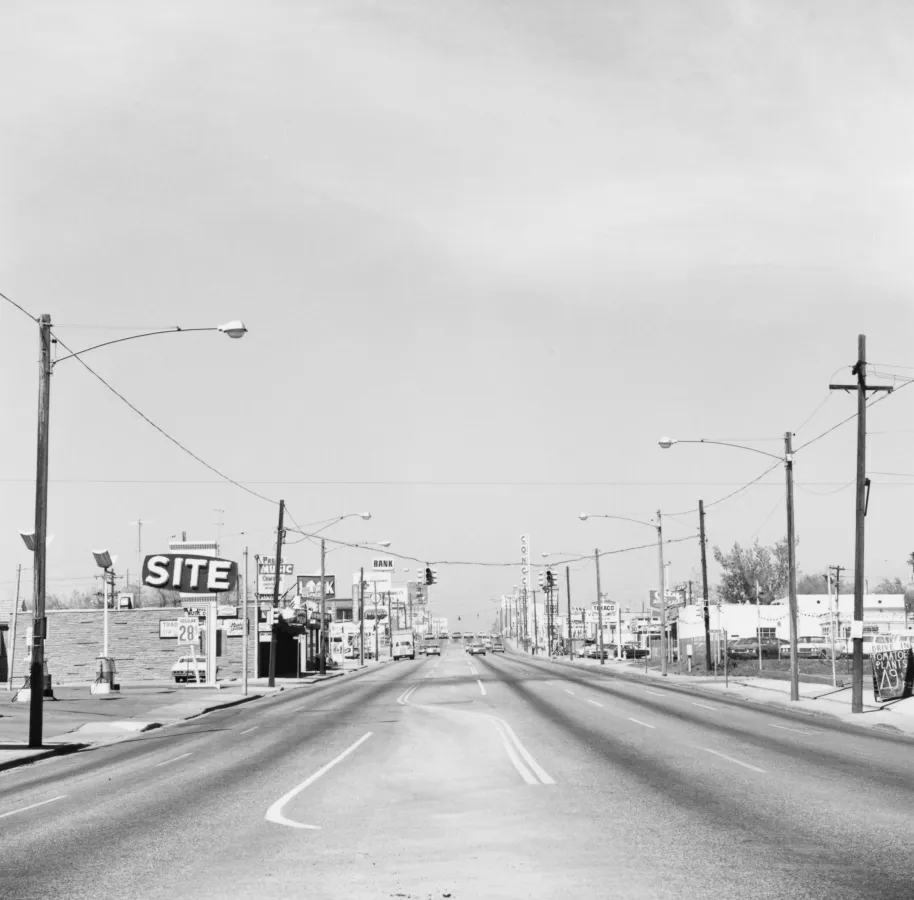
Image Analysis
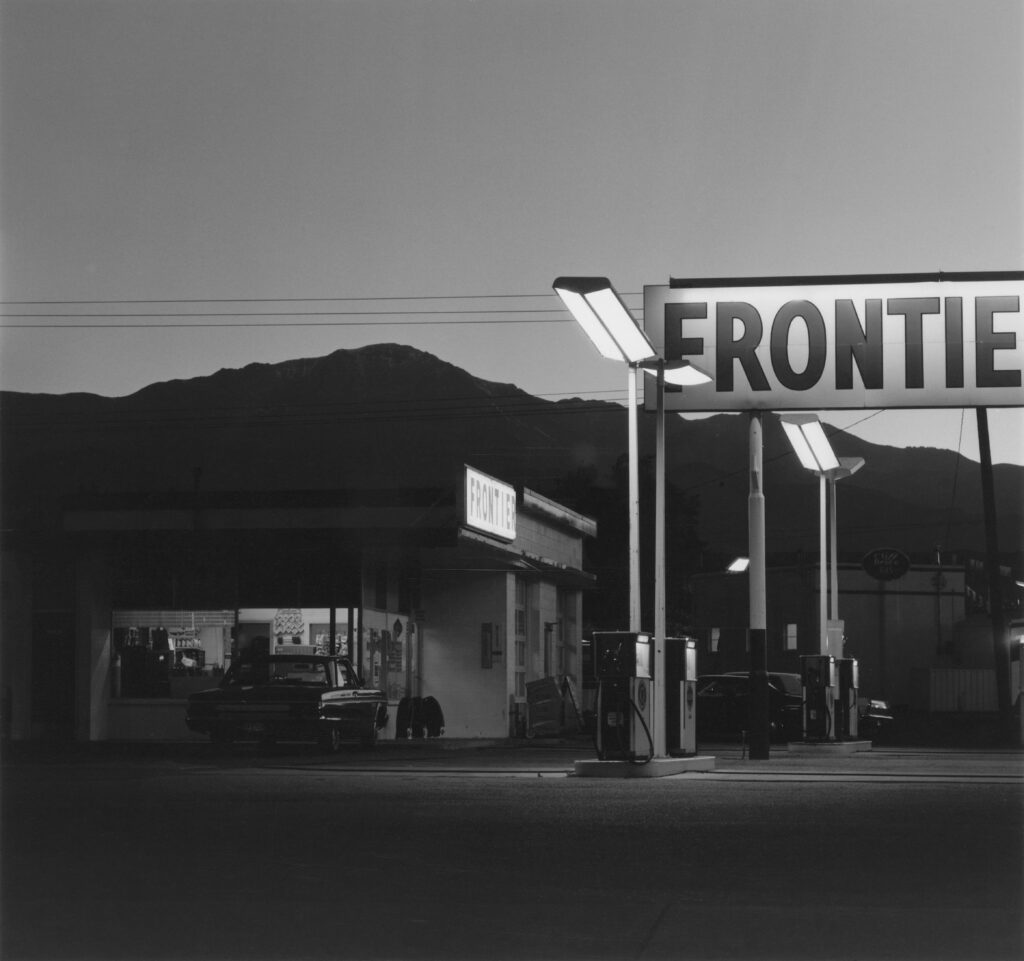
In this image there are man made buildings and structures with the natural scenery of mountains in the background. The man made structure and the natural scenery blend in together seamlessly, as there isn’t much change in tones of black and white, the mountain and the top of the buildings wouldn’t have much between them on the zone system while the sign that is lit up is much lighter and standing out more than the structures (man made and natural) in this image. The beauty of this picture is the fact that the petrol station is something that would be seen as ‘basic’ and it is something you see in everyday life. Their is a clear retro vibe in Adams images which is what I really like and find unique within these images, for example the lighting and electrical wires wouldn’t typically be the same in todays modern world, they are something you wouldn’t typically take pictures of but the idea of making something ugly and neglected and transforming it into a pleasant and interesting image is something Adams was clearly very good at.
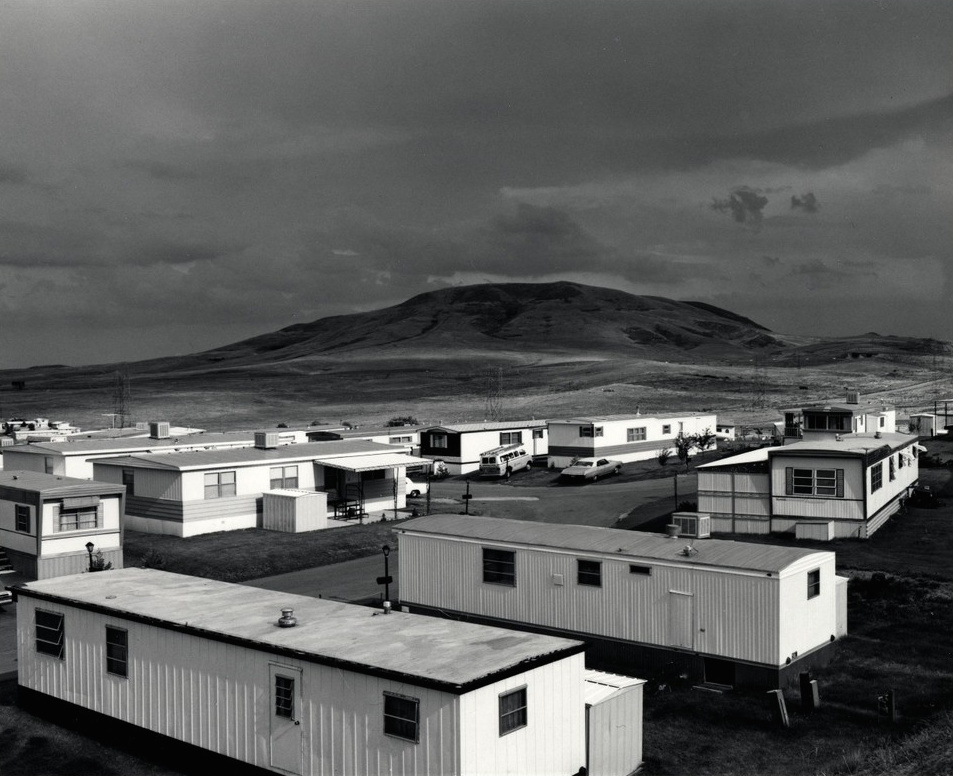
This image is different to the first one. You can see a clear change in scenery from the top to bottom as there is a mountain in the top background and buildings at the bottom front. In this image it is easy to say there is signs of poverty and a suburban lifestyle. This is because Robert Adams liked to take these kinds of pictures where there is a ‘poor quality’ life with a beautiful, natural environment contrasting behind it. The homes look like they would not be secure and it looks like an indecent place to live, this conflicts to the mountain and hills behind where the mountain looks strong and bold unlike the homes that look poor quality and strategically placed whereas the mountains natural curves and soft corners don’t match with the man-made structures.
